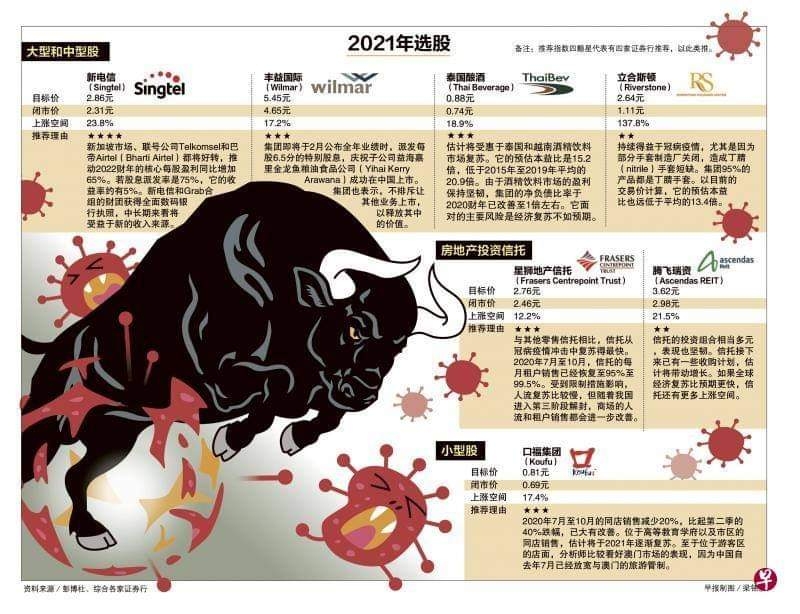
lihar
No personal profile
515Follow
2Followers
0Topic
0Badge
okay
It’s Time to Buy Nvidia Stock While It Remains Relatively Cheap
Why so many drop?
Nio looks good
All about inflation
Ev in focus again
Going to be a good start
Cryptocurrency up again
What will the stock market heading?
Rebound not to worry
No
Sorry, the original content has been removed
Prepare for Monday
Why not!
Should You Invest in Crypto Stocks Right Now?
Inspiring!
How To Invest In A Down Market
Go to Tiger App to see more news